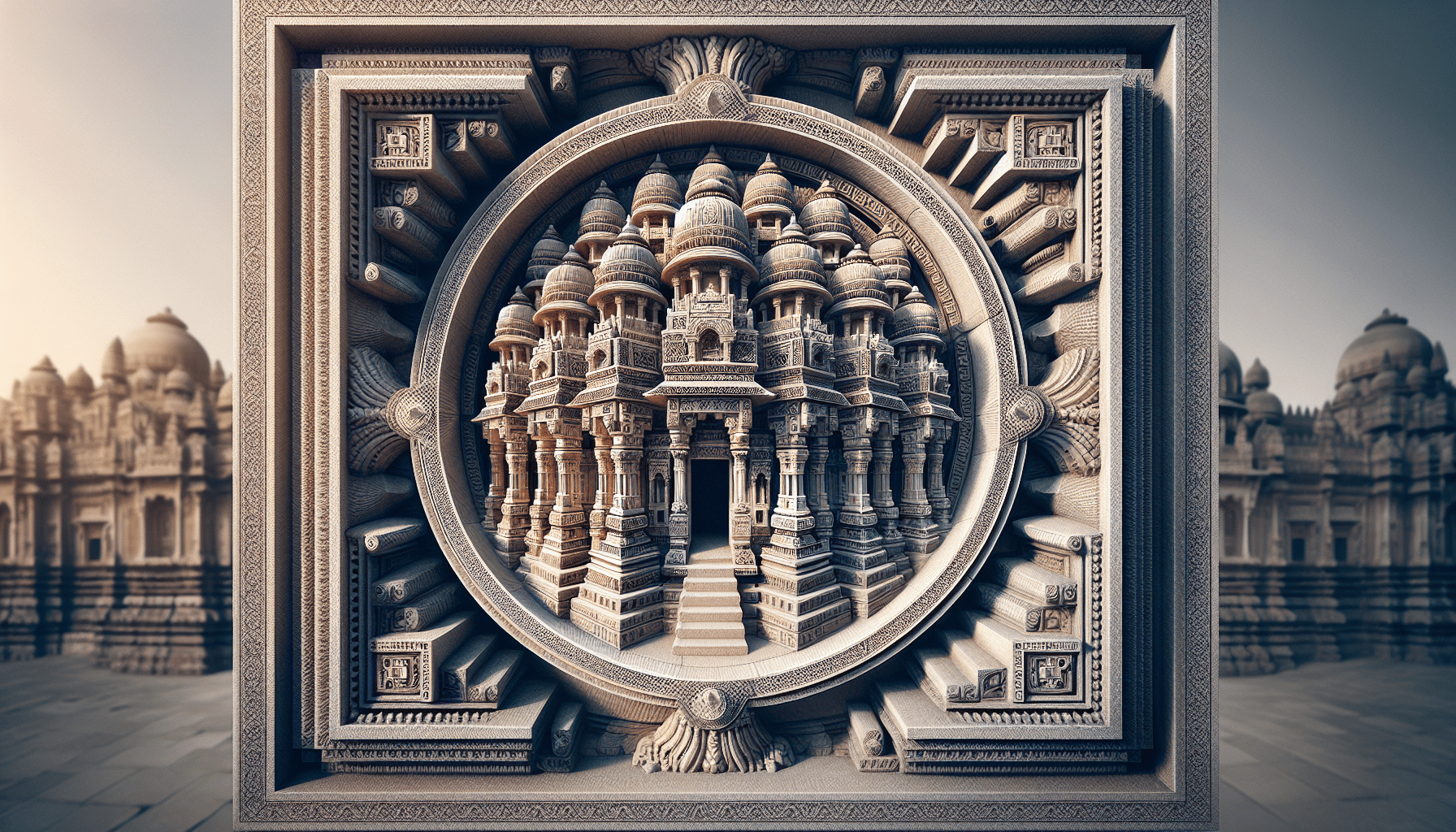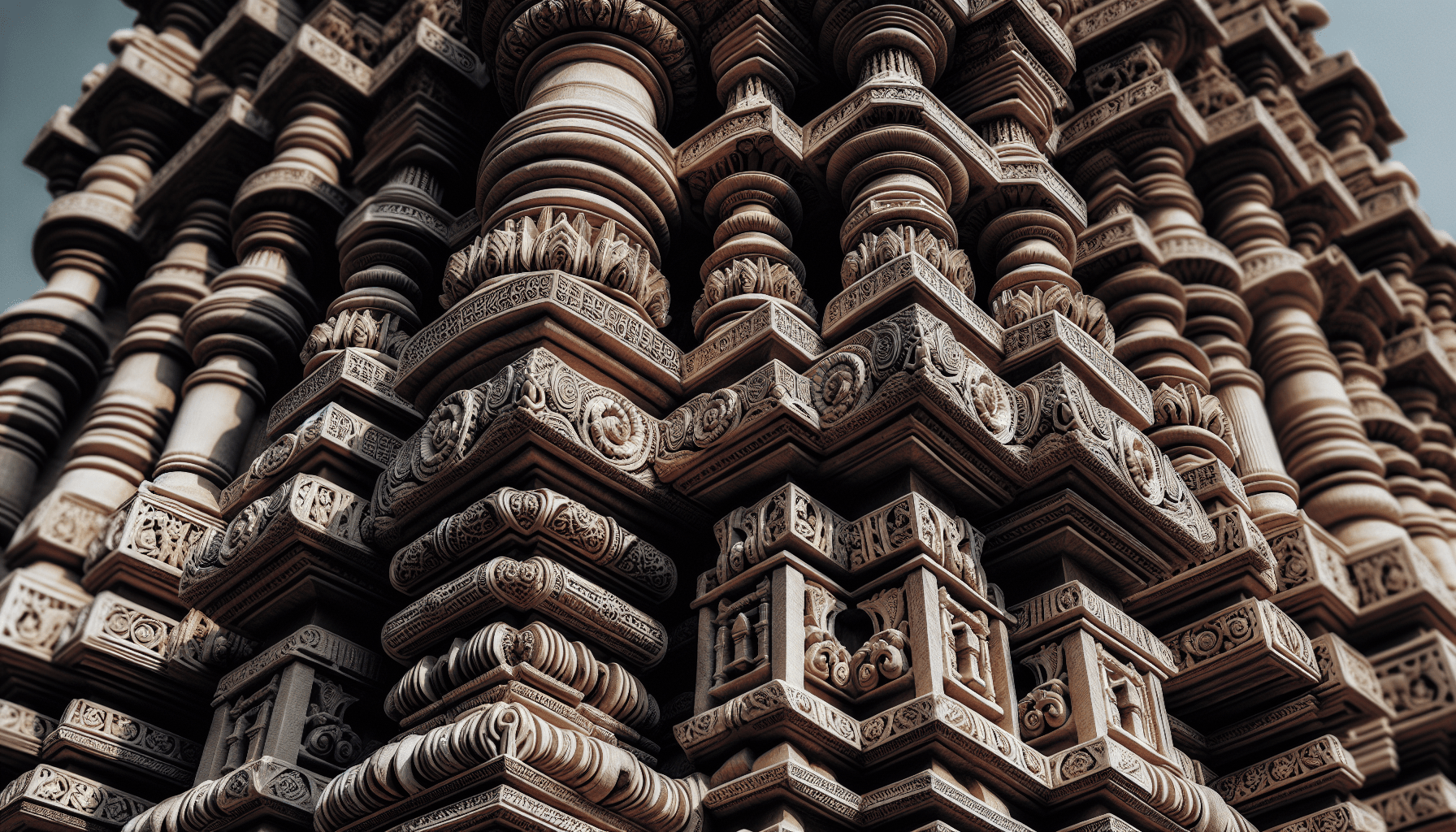Have you ever wondered about the mastermind behind the magnificent design of the new Ram Mandir? The architectural marvel that beautifully embodies Hindu culture and spirituality in Ayodhya, India. The answer might surprise you, as it is none other than renowned architect, Chandrakant Sompura. Sompura’s exquisite vision and expertise have come together to create a divine masterpiece that will leave you in awe.
Table of Contents
The Architects
The construction of the New Ram Mandir in Ayodhya is a remarkable feat of architectural brilliance, made possible by the collaborative efforts of five highly skilled and talented architects. Each architect has played a significant role in designing this magnificent structure, bringing their unique expertise and experience to the project. Let’s take a closer look at these architects and their contributions.
Chandrakant Sompura
Chandrakant Sompura is a renowned architect who has made a name for himself in the field of temple architecture. With a rich background in traditional Indian architecture, Sompura brings a deep understanding of the intricacies and nuances of temple design. His extensive experience spans several decades, during which he has worked on numerous temple projects across India.
In the design of the Ram Mandir, Chandrakant Sompura has played a vital role in conceptualizing and crafting the overall architectural vision. His expertise in incorporating ancient architectural styles and his attention to detail have been instrumental in shaping the grandeur and elegance of the temple.

Narendra Patel
Narendra Patel is another distinguished architect who has made significant contributions to the design of the New Ram Mandir. With a background in both traditional and modern architectural practices, Patel brings a unique perspective to the project. His diverse experience includes working on various religious and cultural buildings, making him well-suited to contribute to the Ram Mandir’s design.
In the context of the Ram Mandir, Narendra Patel has brought his expertise in space planning and structural design. His ability to strike a balance between functionality and aesthetics has been invaluable in ensuring the temple is not just visually impressive but also meets the practical requirements of a place of worship.
Ashish Sompura
Ashish Sompura, son of Chandrakant Sompura, is an architect who has proudly carried forward his family’s legacy in temple architecture. Building on the invaluable knowledge and experience passed down through generations, Ashish Sompura’s contribution to the New Ram Mandir cannot be overstated.
Ashish Sompura’s background and experience in temple design have played a crucial role in shaping and refining the architectural details of the temple. His keen eye for proportion, intricate carvings, and attention to aesthetic harmony have added tremendous value to the overall design.

Bimal Patel
Bimal Patel, an accomplished architect in his own right, brings a fresh perspective to the design of the Ram Mandir. With a background in urban planning and architecture, Patel has a deep understanding of the relationship between built environments and the larger context in which they exist.
In the context of the Ram Mandir, Bimal Patel has been instrumental in creating a seamless blend between the temple and its surroundings. His expertise in designing spaces that promote a sense of community and tranquility has ensured that the temple complex is not just a spiritual center but also a place that fosters a sense of belonging and togetherness.
Anil Sutar
Anil Sutar, a highly skilled sculptor and artist, has lent his expertise to the design of the Ram Mandir. With a background in sculpting and a deep understanding of the intricacies of architectural ornamentation, Sutar’s contributions have been pivotal in adding a touch of artistic brilliance to the temple.
Anil Sutar’s background and experience in working with stone have allowed him to create exquisite sculptures and carvings that adorn the temple. His attention to detail and commitment to preserving the cultural and artistic heritage of India have made his contribution to the Ram Mandir both significant and profound.
Collaborative Effort
The successful design of the New Ram Mandir is a testament to the exemplary collaboration among these brilliant architects. Despite their unique backgrounds and areas of expertise, they have worked seamlessly together, combining their strengths and talents to create a harmonious and awe-inspiring structure.
Throughout the design process, the architects have engaged in constant communication and coordination, exchanging ideas and collaborating on various aspects of the temple’s design. Their collective vision and shared passion for creating a space that truly embodies the essence of devotion and spirituality have been vital in bringing the Ram Mandir to life.
Incorporating Ancient Architectural Styles
The design of the Ram Mandir pays homage to India’s rich architectural heritage, drawing inspiration from ancient architectural styles. The architects have skillfully incorporated the Vedic and Nagara architectural styles, infusing the temple with a sense of timeless grandeur and spiritual significance.
The Vedic architectural style, characterized by its use of geometric precision and proportion, has enabled the architects to create a structure that exudes a sense of harmony and balance. On the other hand, the Nagara style, with its towering shikhara and intricate ornamentation, adds a touch of opulence and grandeur to the temple.
In addition to these architectural styles, the architects have also been influenced by the historical structures of Ayodhya. The temples and monuments that dot the ancient city have served as a continuous source of inspiration, guiding the architects in their endeavor to create a structure that is not only aesthetically pleasing but also rooted in the rich history and culture of the region.
Key Features of the Design
The design of the New Ram Mandir is a testament to the architects’ commitment to excellence and their meticulous attention to detail. Every aspect of the temple has been carefully considered and thoughtfully executed, resulting in a structure that is both visually stunning and spiritually uplifting.
The size and layout of the temple have been designed to accommodate a large number of devotees while maintaining a sense of intimacy and tranquility. The use of high-quality materials, such as stone and marble, ensures the longevity of the structure while adding to its aesthetic appeal.
The interiors of the temple are adorned with intricate carvings and beautiful artwork, reflecting the rich cultural heritage of India. From the ornate pillars to the exquisite ceilings, every element has been meticulously crafted to create an atmosphere that inspires reverence and devotion.
Symbolism plays a significant role in the design of the Ram Mandir. From the placement of the deities to the intricate carvings depicting mythological stories, every detail is imbued with spiritual significance, creating a space that transcends its physical form and becomes a conduit for divine communion.
Public Reaction and Appreciation
The unveiling of the New Ram Mandir has been met with overwhelming praise and appreciation from the public. Devotees from all walks of life have marveled at the architectural splendor and the sacred ambiance of the temple. The architects have been lauded for their exceptional skills and their ability to create a structure that not only fulfills its spiritual purpose but also captures the hearts and imaginations of all who visit.
The contributions of Chandrakant Sompura, Narendra Patel, Ashish Sompura, Bimal Patel, and Anil Sutar have not gone unnoticed. Their dedication and expertise have earned them widespread recognition and numerous awards for their outstanding work. The public and the architectural community have hailed these architects as true visionaries, celebrating their role in the creation of a national treasure that will stand for generations to come.
In conclusion, the New Ram Mandir stands as a testament to the vision and talent of these remarkable architects. Chandrakant Sompura, Narendra Patel, Ashish Sompura, Bimal Patel, and Anil Sutar have come together to create a masterpiece that combines tradition, artistry, and spirituality. As you visit the temple, you will be enveloped in a sense of awe and reverence, witnessing firsthand the transformative power of architecture and design.